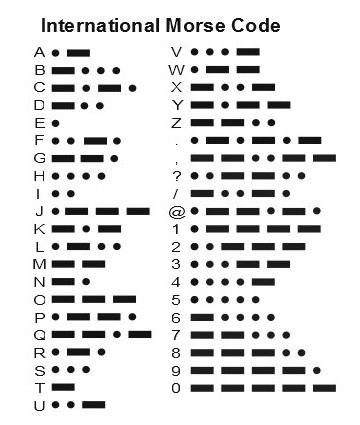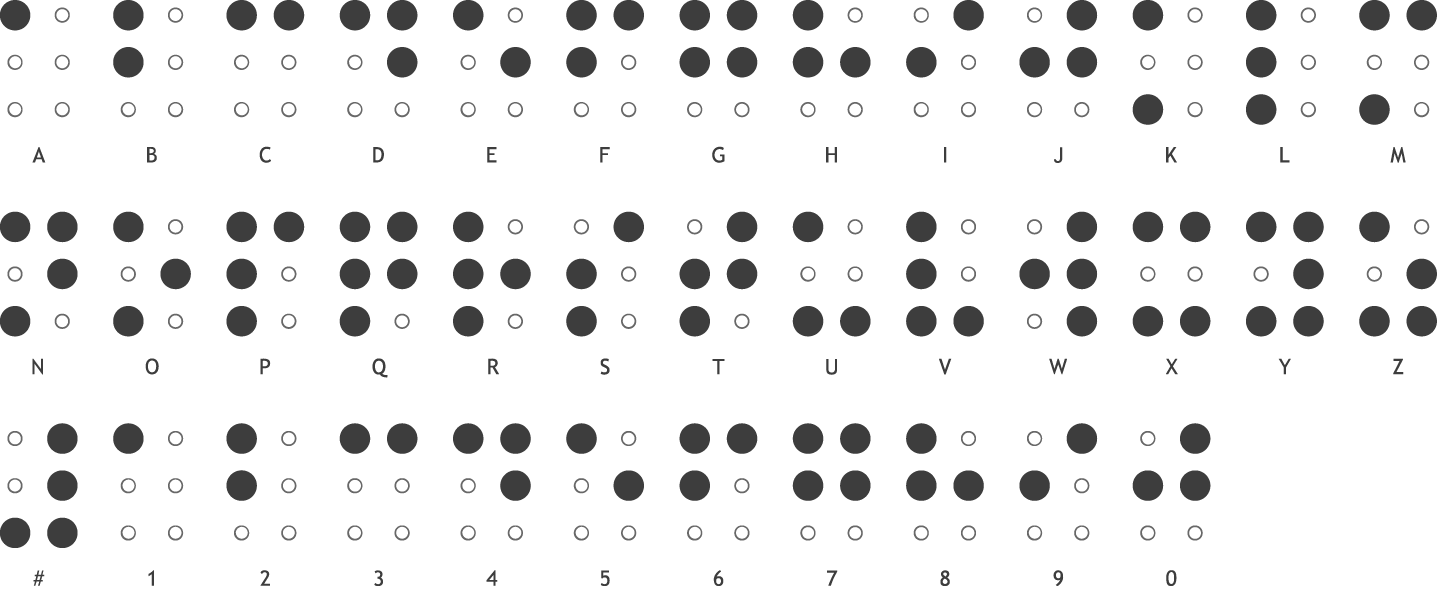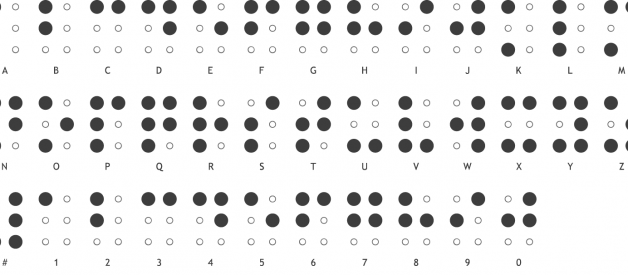The Universal Language of Morse Code, was designed by Samuel Morse, an American inventor and painter, Alfred Vail, an American machinist and inventor, and Leonard Gale, a professor of chemistry and mineralogy who helped Morse develop the electromagnetic telegraph. Morse Code was developed in 1836 as a method of transmitting telegraphic messages to other parties in a fast and efficient way in conditions where communication was difficult. He developed this through his interest in telegraphy and discovered that electricity could be used to deliver messages. This was a revolution as messages were no longer limited to the speed at which a physical message would be passed between locations. Messages could now be delivered worldwide in minutes. The first message to ever be sent and received was ?What hath God wrought?? in 1844 sent by Samuel Morse himself, from Washington D.C to Baltimore.
The first telegraph was built in 1774 but was inefficient because of its use of a single wire for each letter of the alphabet. Morse was certain that this impractical method could be made into a single wire system. So Morse, along with Vail and Gale, invented the single wire telegraph machine in 1837, a machine that would send pulses of electricity to a machine which would turn the pulses into visible marks on a moving paper tape, which then had to be decoded, it made a clicking noise as it did so. This method also proved to be an inefficient method of communicating which lead to Morse and Vail developing the code of dots and dashes to represent numbers and letters in 1868 which used sound rather than visuals. Telegraph operators discovered that they could learn the sound sequences of dots and dashes to interpret that into letters and numbers. This process seems as though it would have been very difficult to learn, and as it is not used that often in this current day.
Morse Code was used in maritime communications as they had telegraphic devices using electronic pulses, where a short pulse represents a dot and a long pulse represents a dash. The short dot signal is the basic time measurement therefore each dash is equal to the duration of three times the duration of a dot, each space between letters is a short silence which is equal to that of a dot. The system is made up of dots and dashes and each letter, number and punctuation mark is represented by an individual sequence which is easily recognisable by the people decoding the messages. Morse researched letters from the quantities of type found in a printer?s office and chose to make the most frequently used letters shorter sequences as they would be used more frequently and this was to make it easier and faster for the person sending the message, for example the letter E was used most frequently therefor E only consists of one single dot, and the letter Z on the other hand, was the least frequently used letter, therefor this was made as a longer code as it wasn?t required very often. This was a lot easier for users as the letters they would send frequently took less time to type using the Morse Code, making sending and receiving messages a lot more efficient.
 Morse Code
Morse Code
Morse Code, as it became more widely used, was improved on to include punctuation marks. An interesting observation is that each letter can be up to four symbols long, with the most commonly used being the smallest combinations. Each number is five symbols long, where the dots are increasing and dashes are decreasing to the number five, and the dashes are increasing and dots are decreasing to the number 0. Punctuation marks are six symbols long. This creates easy differentiation between the letters, numbers and the punctuation for the people sending and receiving the messages, therefore making it easier to notice if it was a number, letter or punctuation being signaled.
 Morse Code with punctuation marks
Morse Code with punctuation marks
Morse Code can be transmitted using sound or light, as sometimes happens between ships at sea. It is used in emergencies to transmit distress signals where no other forms of communication are available. The most recognisable sequence is the distress signal, SOS which is ?dot dot dot, dash dash dash, dot dot dot? where S = ? and O = ? ? ?
Morse Code was standardised world wide in 1851 and was used internationally for maritime communication until 1999, when it was replaced with ASCII (American Standard Code for Information Interchange) which is currently the most common format for text files in computers and the Internet. With this system, each letter, number and punctuation are represented by 7-bit binary numbers.
The design of Morse Code is very similar to the design of Braille, the reading and writing system used by blind people. These designs are very similar in the fact that each number, letter and punctuation mark are represented by a symbol. Braille uses raised dots to form symbols, which represent letters, numbers and punctuation.

Louis Braille was blinded at the age of three while playing with a sharp object, an infection spread to his other eye, leaving him blind in both eyes. This lead to him studying at Valentin Hauy?s School for Blind Youth?s years later in Paris. The children were taught how to read from a small collection of embossed books, using a method of learning to read created by a person who was not blind. They would trace their fingers over the text, and slowly interpret what the words said. Because of the long process of manufacturing these books, they only contained a small amount of information, and there was not many books. This made Braille drive to create a system for blind people to be able to read. Braille is also very similar to Morse Code as Braille uses shorter sequences for more frequently used letters and longer sequences for less frequently used letters.
Samuel Morse was an inspiring inventor, he used his passion for telegraphy and really drove to improve communications all over the world. He carefully considered the user and how the transmissions would be received, and by making more frequently used letters shorter sequences, and less frequently used letters longer sequences, he greatly improved the ease of communication. He also considered the lengths of the sequences and made easy differentiation between numbers, letters and punctuation marks for the people sending and receiving messages. Morse Code is still used today, although mainly by amateur radio enthusiasts.


